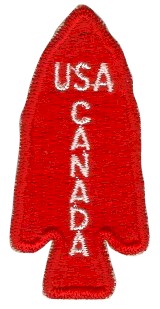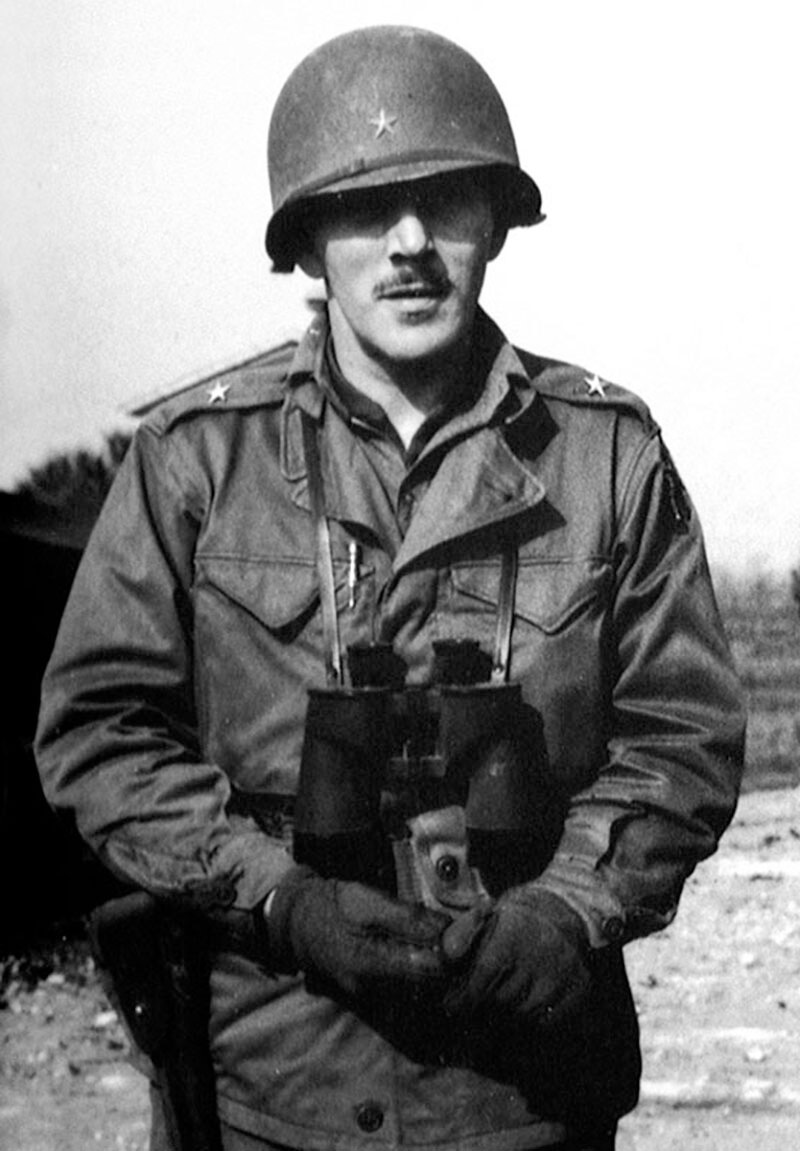| Page Created |
| April 30th, 2022 |
| Last Updated |
| July 25th, 2022 |
| Additional Information |
| – |
| Badge |
 |
| Motto |
| Das dicke Ende kommt noch! The worst is yet to come! |
| Founded |
| July 20th, 1942 |
| Disbanded |
| December 5th, 1944 |
| Theater of Operations |
| Aleutian Islands * Kiska Island * Little Kiska Island * Segula Island Italy * Naples * Foggia * Monte La Difensa * Monte la Sammucro * Radicosa * Monte Majo * Monte Vischiataro * Anzio * Monte Arrestino * Rocca Massima * Colle Ferro * Rome France * Iles d’Hyeres * Grasse * Villeneuve-Loubet * Vence * Drap * L’escarene * La Turbie * Menton * French-Italian Border |
| Organisational History |
It was British scientist Geoffrey Pyke, who was working for British Combined Operations, which stood on the base of the 1st Special Service Force. Lord Mountbatten’s, director of programmes. envisioned a commando like unit that could be inserted by air to sea into the occupied countries of Norway, Rumania, and Italy. Specific areas in these countries formed specific threats to the Allied forces. Norway was heavy water for atomic research program. Rumania produced the Oil for the German warmachine and in the Alps of Italy hydro-electric factories were producing the energy for the German war industry in the South. Pyke also suggested a tracked vehicle for these troops that could move them fast true snowy areas. Both the English Prime Minister, Winston Churchill as the Commander of Combined Operations, Lord Mountbatten, received the ideas positively. However British industry and Mountbatten’s Combined Operations were already overextended so they decided to pass the ideas on to the United States.  Geoffrey Pyke, Director of Programmes of Combined Operations. During the Chequers Conference in March 1942, General MacArthur accepted both ideas, now known as Operation Plough. After contacting the U.S. Industry for a concept of the vehicle Pyke suggested. The vehicle was eventually designed and manufactured by Studebaker as the T-15 cargo carrier. Once in production it would become known as the M-29 Weasel. In June 1942, Lieutenant-Colonel Frederick, a junior officer of Operations within the U.S. General Staff received the concept papers of the unit. His task was to make a report with recommendations for raising the unit. His report formed the base for the foundation of the unit. A few weeks later Lieutenant-Colonel H.R. Johnson was tasked with raising the unit. He resigned almost immediately after clashing with the “special” personality of Geoffrey Pyke. Lieutenant-Colonel Frederick was the next U.S, officer commissioned with this task. By the end of July, he had convinced Pyke to leave the raising of the unit to him.  Colonel Frederick, first commander of the 1st Special Service Force. In the original plan the unit was intended as a winter warfare unit with 1/3 U.S. troops, 1/3 Canadian troops and 1/3 Norwegian troops. Due to the lack of Norwegians Fredericks decided that the unit would be compromised of half U.S. and half Canadian troops. He named the unit the First Special Service Force. The Canadian soldiers would serve under the designation of the 2nd Canadian Parachute Battalion and be paid by the Canadian government. All other costs would be paid by the U.S. Government. On July 20th, 1942, the 1st Special Service Force was officially activated at Fort William Henry Harrison in Helena, Montana. The unit went into training for their specific task. The training included, parachute training, winter warfare, amphibious landings, skying, demolitions, and reconnaissance. However, in the winter of 1942, now Colonel Frederick was informed that Operation Plough was cancelled. After a brief discussion about the legitimacy of the unit, General Marshall decided to maintain the force as a special Shock infantry unit. The was enlarged and the training was extended. In april 1943 they underwent the last training before qualifying as a combat ready unit. |

